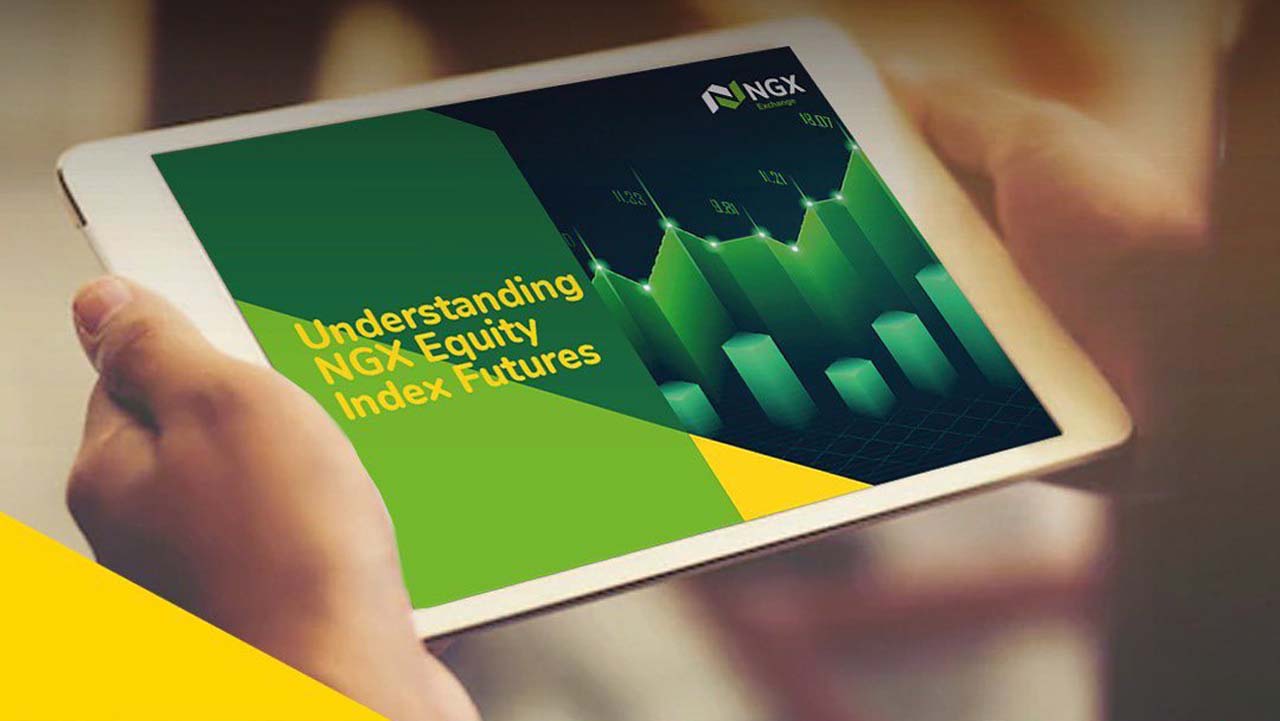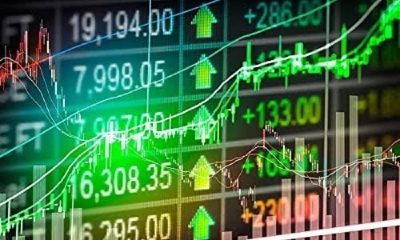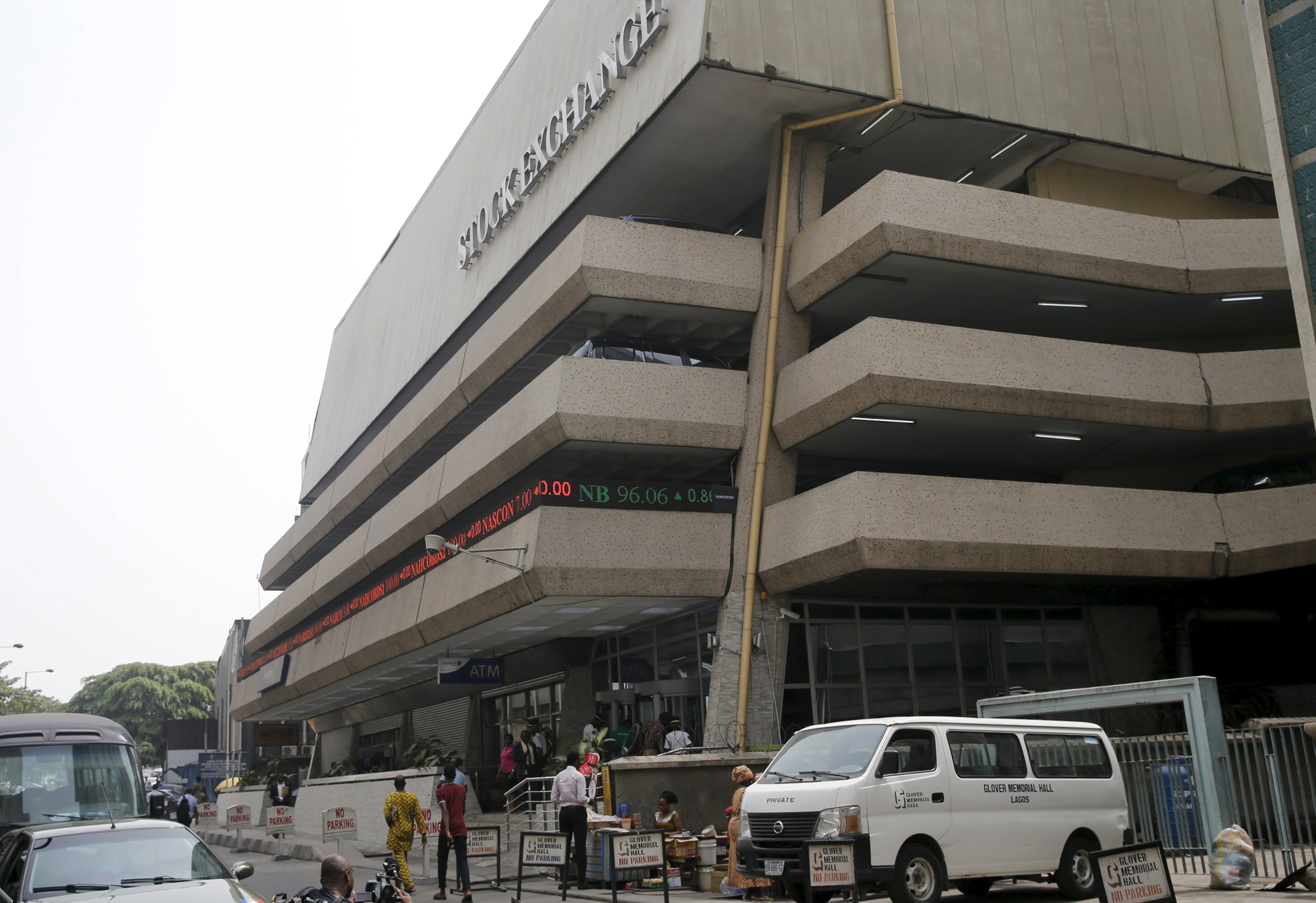Economy
BUA Foods, Wema Bank Join NGX 30 Index as Union Bank, Oando Exit

By Dipo Olowookere
The Nigerian Exchange (NGX) Limited has unveiled the results of the full-year review of its market indices, with some changes witnessed in a few of the indicators.
The results showed the entry and exit of some companies listed on its trading platform.
According to a statement issued by the bourse, the changes became effective on Tuesday, January 3, 2023, which is the first trading session of the year.
Recall that the indices were developed to allow investors to track market movements and properly manage investment portfolios.
Designed using the market capitalisation methodology, the indices are rebalanced on a semi-annual basis on the first business day in January and in July.
In the latest review made available to Business Post, BUA Foods and Wema Bank were added to the NGX 30 Index as Oando and Union Bank exited. This indicator tracks the best 30 companies in terms of liquidity and market capitalisation.
Also, Oando left the NGX oil and gas index, which recorded the inclusion of MRS Oil Nigeria, as the NGX Pension Index saw the inclusion of Airtel Africa and BUA Foods, as Honeywell Flour and Conoil left the group.
However, the insurance index only witnessed the removal of African Alliance Insurance, while the Corporate Governance Index only saw the addition of Berger Paints.
The NGX Lotus Islamic Index recorded the inclusion of CAP and exclusion of NAHCO, NASCON and Presco, as the Consumer Goods, the Banking, and the Industrial Goods Indices remained unchanged.
Further, Fidelity Bank left the Afrinvest Bank Value Index, University Press and Access Holdings were removed from the Afrinvest Dividend-Yield Index, while the Meristem Growth Index welcomed Fidson, Nigerian Breweries and Sterling Bank and said goodbye to Dangote Cement, Eterna, GlaxoSmithKline, Seplat Energy and GTCO.
As for the Meristem Value Index, no company left, but it increased its numbers with Access Holdings, Lafarge Africa, May & Baker, and GlaxoSmithKline.
Economy
ACCI Urges Policy Consistency, MSMEs Protection in 2026

By Adedapo Adesanya
The Abuja Chamber of Commerce and Industry (ACCI) has called for policy consistency, the protection of Micro Small and Medium Enterprises (MSMEs), and private sector-led growth to strengthen Nigeria’s economy in 2026.
The President of the chamber, Mr Emeka Obegolu, made the call in a New Year message issued by the ACCI Media and Strategy Officer, Mrs Olayemi John-Mensah, on Thursday in Abuja.
He submitted that consistent policies and private-sector-friendly reforms were critical to reducing the cost of doing business and achieving sustainable economic development, stressing the need for strong protection of MSMEs, describing them as the backbone of the Nigerian economy.
According to him, sustained stakeholder engagement and predictable reforms would encourage investment and business expansion.
The ACCI president said the organised private sector remained cautiously optimistic about business opportunities in 2026, noting that the optimism persisted in spite global and domestic economic pressures affecting businesses.
He commended Nigerian businesses for their resilience and adaptability in navigating the economic challenges of 2025, adding that businesses demonstrated commitment to innovation and value creation despite inflation and foreign exchange volatility.
Mr Obegolu also cited high energy costs, rising interest rates and limited access to finance as key constraints faced by enterprises.
According to him, these challenges underscored the importance of chambers of commerce in advocating stability and competitiveness.
He said economic reforms were necessary but should be carefully sequenced to safeguard MSMEs and organised businesses.
Mr Obegolu warned that poorly managed reforms could result in business closures, job losses and capital flight.
He drew attention to over N720 billion in outstanding contractor debts owed by government.
He said delayed settlement of verified obligations had weakened cash flows and disrupted supply chains.
According to him, the situation had particularly affected indigenous contractors and MSMEs nationwide.
He urged government to prioritise transparent verification and timely settlement of the debts to stimulate economic activity.
Mr Obegolu also called on the Federal Government and the FCT Administration to create a more enabling and predictable business environment.
He noted that Abuja had evolved into a major commercial and investment hub requiring stronger infrastructure and regulatory support.
He reaffirmed ACCI’s commitment to constructive engagement with government to promote ease of doing business and inclusive economic growth.
Economy
AfCFTA: FG to Identify One Exportable Product from Each of 774 Local Councils

By Adedapo Adesanya
The Minister of Industry, Trade and Investment, Mrs Jumoke Oduwole, has said the federal government would deepen its participation in the African Continental Free Trade Area (AfCFTA) in 2026 by working with state governors to identify at least one exportable product in each of the country’s 774 local governments.
The move gears towards scaling production, boosting non-oil exports, and strengthening competitiveness across Africa.
She made this disclosure while speaking on Nigeria’s AfCFTA Achievements Report 2025 under the Federal Ministry of Industry, Trade and Investment.
The Minister noted that Nigeria’s AfCFTA Agenda in 2026 will be building on implementation milestones recorded in 2025.
According to her, the plan aims at positioning the country to better exploit opportunities under the continent-wide trade pact.
Operationalised through the AfCFTA Central Coordination Committee (CCC), the Ministry will collaborate with development partners across public and private sector institutions to mobilise production nationwide, while also undertaking an awareness and sensitisation campaign.
“FMITI will work with the Nigerian Governors’ Forum and State Governments to identify a minimum of one (1) product that each Local Government Area can export into the AfCFTA market,” the report stated.
Beyond local production, the 2026 agenda places a strong emphasis on creating an enabling policy and regulatory environment to support the full implementation of the AfCFTA Agreement and its protocols, with the Ministry of Industry, Trade, and Investment leading the regulatory alignment efforts.
In addition, Nigeria plans to upgrade trade data systems to effectively track AfCFTA trade flows, including disaggregated data on goods, services, and participation by women and youth, while expanding global advocacy and hosting key continental trade events ahead of the Intra-African Trade Fair in 2027.
The report also outlines plans to demystify AfCFTA rules and compliance requirements through a series of targeted publications for businesses, alongside measures to strengthen institutional coordination and improve accountability among public sector agencies involved in trade facilitation.
On investment and industrial capacity, the document notes that: “Investment mobilisation efforts with foreign and domestic investors will prioritise the exponential increase of productive capacity in key sectors, to position Nigeria as the innovation, production and distribution hub of the AfCFTA market.”
Economy
NNPC Plans New Oil Fields Development, to Raise $30bn by 2030

By Adedapo Adesanya
The Nigerian National Petroleum Company (NNPC) Limited plans to develop new oil fields from next year and seeks to raise at least $30 billion by the end of the decade.
According to Bloomberg, this was disclosed by senior officials familiar with the plans in the country which is Africa’s largest oil producing nation.
The state-owned oil firm is raising the money as part of efforts to reverse years of underinvestment that have left several discoveries undeveloped, the people said, without disclosing the new fields being targeted.
The publication revealed that the NNPC expects significant investment decisions to come through next year, according to the people who declined to be identified because the talks involve confidential commercial matters.
The sources also said the NNPC is also reviewing its portfolio and plans to sell non-performing fields, adding that the firm will likely meet more than half of its fundraising target.
The energy company plans to develop some of the fields in-house and is expected to call for bids early next year, the people said.
NNPC also plans to boost oil output by 5 per cent to 1.8 million barrels per day next year compared with 2025 and is targeting 4 million barrels of daily output by 2030.
It also targets the completion of the $2.8 billion Ajaokuta-Kaduna-Kano (AKK) pipeline, connecting various segments to the main line from early next year, one of the people said.
Once ready, the pipeline will deliver gas at scale to parts of northern Nigeria including the capital of Abuja, supplying industrial parks, fertilizer plants and power-generation facilities.
Recall that the chief executive of the NNPC, Mr Bashir Ojulari, recently said the country would begin to export gas from the $2.8 billion Ajaokuta-Kaduna-Kano (AKK) pipeline from early 2026.
First conceived in 2008, the AKK pipeline is central to Nigeria’s ambition to leverage its vast gas reserves for economic growth. Its completion could transform the north, where chronic power shortages and a lack of energy infrastructure have stifled manufacturing for decades.
-

 Feature/OPED6 years ago
Feature/OPED6 years agoDavos was Different this year
-
Travel/Tourism9 years ago
Lagos Seals Western Lodge Hotel In Ikorodu
-

 Showbiz3 years ago
Showbiz3 years agoEstranged Lover Releases Videos of Empress Njamah Bathing
-

 Banking8 years ago
Banking8 years agoSort Codes of GTBank Branches in Nigeria
-

 Economy3 years ago
Economy3 years agoSubsidy Removal: CNG at N130 Per Litre Cheaper Than Petrol—IPMAN
-

 Banking3 years ago
Banking3 years agoFirst Bank Announces Planned Downtime
-

 Banking3 years ago
Banking3 years agoSort Codes of UBA Branches in Nigeria
-

 Sports3 years ago
Sports3 years agoHighest Paid Nigerian Footballer – How Much Do Nigerian Footballers Earn



















